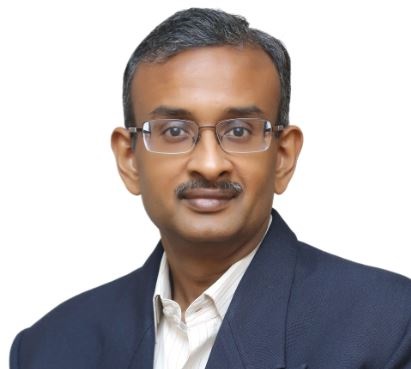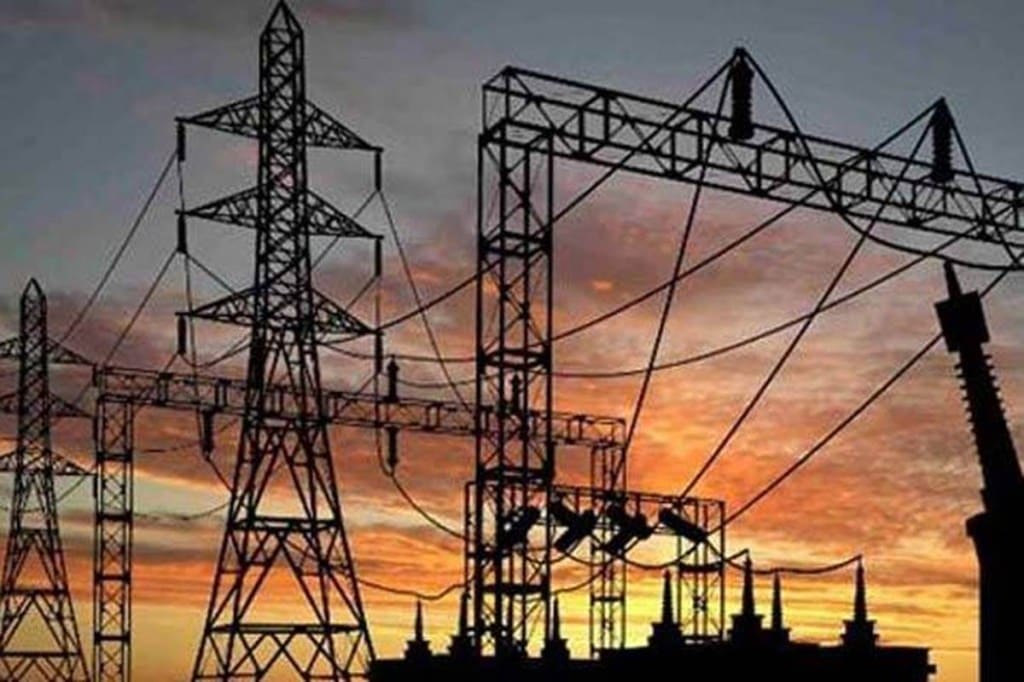The government wants to amend the Electricity Act to introduce competition among electricity distribution companies (discoms). Ganesh Srinivasan, chief executive officer of Tata Power Delhi Distribution, believes that such move can help generate much-needed investments and trigger technology adoption in the sector. In an interaction with FE’s Anupam Chatterjee, Srinivasan also shares his views on how discoms can help in the uptake of renewable energy across the country. Excerpts:
The latest amendments to the Electricity Act proposes to allow multiple discoms to operate in one area. What impact can it have on the sector?
The Electricity (Amendment) Bill, 2020 aims to transform the power sector in some very important ways one of which is to de-license power distribution and increase competition that will in turn bring next-generation power sector reforms in India.

It not only has the potential to empower customers by reducing entry barriers for distribution players by creating competition into the sector, but will also, unleash huge investments, boost technology adoption and generate ample opportunities for the new area of distribution in the longer run. This will make each distribution company whether private or government to re-invent itself to remain relevant in distribution.
With various discoms contemplating to come out of older power purchase agreements (PPAs) with plants more than 25 years old, is TPDDL also thinking along the same lines?
Yes, in an effort to lower the high cost of power, we are also considering exiting from some of the old PPA with NTPC which have completed 25 years of service and are running on outdated, inefficient technology, resulting in higher production costs.
This will not only bring down the power purchase cost of the discoms and help in lowering the power tariff, thus profiting over seven million consumers of Tata Power-DDL in North Delhi, but is also a step towards closing older thermal power plants with higher rates of pollution. In line with the Government of India’s vision and our commitment towards sustainable and clean energy, we are further planning to enter into long term partnerships with renewable capacity only going ahead.
What are your views on the proposal to introduce green tariffs?
Furthering the cause of environmental preservation and sustainable development, India is marching towards ambition of 450 GW of installed green capacity by 2030 and there is need to bring together innovative ways of expanding energy access, promoting renewable energy and increasing energy efficiency. In what will reinforce India’s green energy credentials, the Union government had recently introduced green tariff policy that will help discoms supply electricity generated from clean energy projects at a cheaper rate as compared to power from conventional fuel sources such as coal.
With a huge number of consumers opting for green tariff in Karnataka and Maharashtra, we are expecting consumers from Delhi as well to opt for green tariffs in times to come. We have requested DERC for their approval for “green power tariff” for supply of renewable energy to consumers for meeting their requirement of utilizing 100% green energy for their entire demand.
With a number of reforms being introduced for power exchange transactions, do you see procurement through exchanges rising?
Discoms in India traditionally rely on wholesale power market to buy electricity under long-term (upto 25 years), medium-term (up to 5 years), and short-term (up to 1 year) contracts. With discoms meeting majority of their daily power need through self-scheduling of these long-term contracts, the remaining is procured through bilateral transactions with other discoms, through power exchanges or traders.
Since the COVID-19 induced preventive lockdown, we have witnessed a heightened increase in exchange amongst distribution utilities across India. This is only going to increase in the coming years. With introduction of green contracts, besides conventional power transactions, the quantum traded through exchange will also increase. The number of power exchanges is also expected to increase. The sector is gradually witnessing an evolution from cost plus to competitive and market driven.

